Work It Out
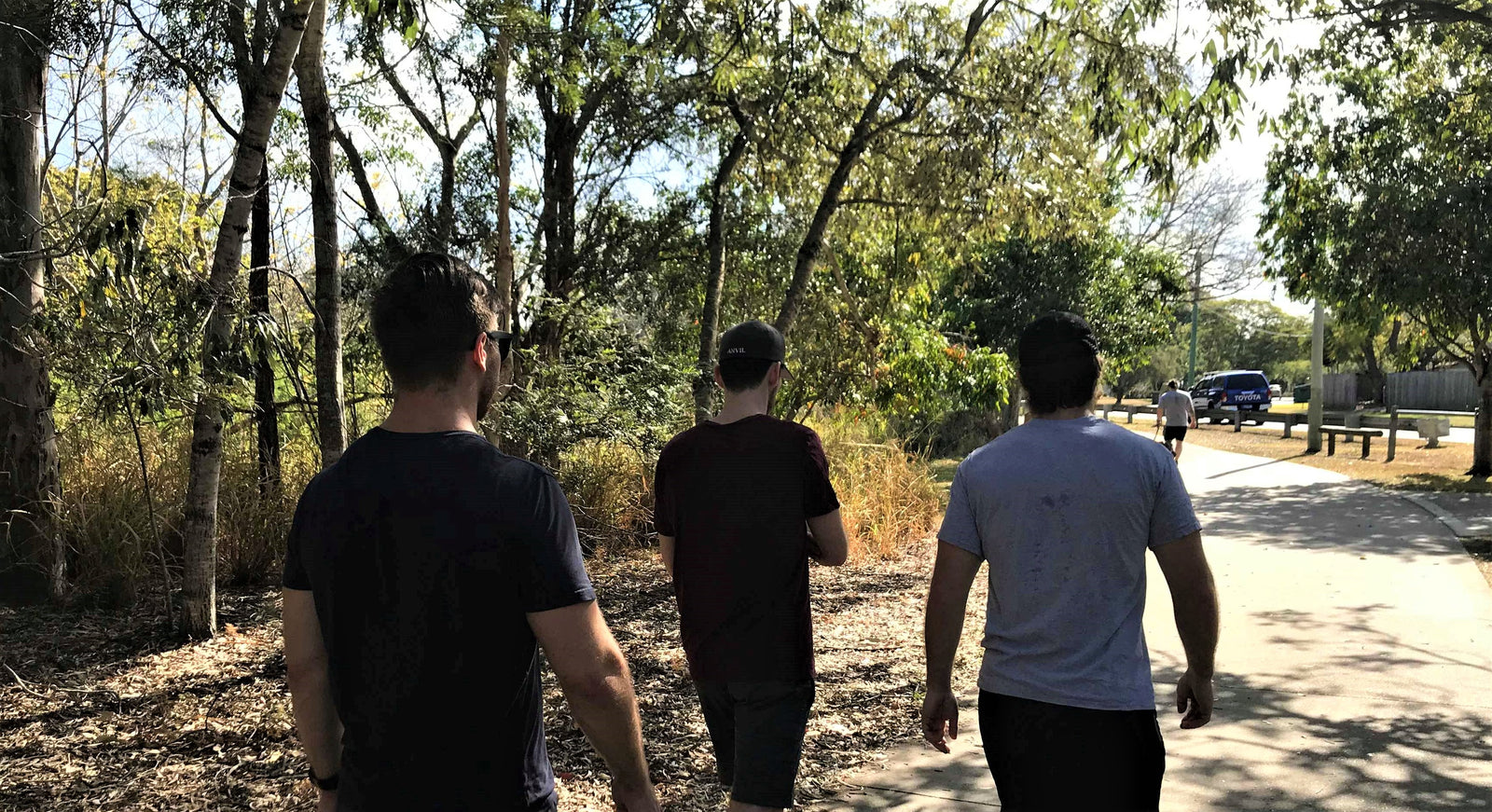
An Anvil Training Article by Marshall Officer
How long does it take to form a habit? How about an addiction? How many times must I perform an activity to cement it in muscle memory? And, how long does it take something to become monotonous, especially if I’m just doing the same thing over and over again?
And why does any of that matter?
In a perfect world, we would all be driven to exercise no matter how we felt. Like an addict craving their next fix, we would find a way to stimulate those endorphins and burn those calories that are a constant source of trouble for 99% of the general population. (Or even better, ideally we could eat whatever we wanted, and it would never negatively impact our health, size, appearance, or self esteem!)
And for a small percentage of the population, with a dash of sadism, a sprinkle of addictive personality disorder, a dribble of competitiveness, and a history of some kind of athletic success - this is the case. For example, I have personally been training almost every day of the week for so long that if I don’t do some kind of exercise every day, it seriously affects my mood. I crave the endorphin release, I have excess energy, trouble sleeping, and a short temper - all of which I similarly experienced when I used to smoke and went without a cigarette for a while, or when I used to drink and went without drinking. Bottom line - exercise can certainly be an addiction. However, getting to this point for most people is unrealistic, and probably not even something many would welcome into their lives.
So, what is the next best thing?
In my opinion (and an opinion shared by many medical practitioners and exercise experts), making exercise a habit is the only consistently effective way to get the general population to increase their overall levels of activity, improve their quality of life, and life expectancy; and subsequently lift some of the huge burden a sedentary lifestyle places on medical systems world-wide. There are various opinions on how to make something a habit, however I am a firm believer in the “Keep It Simple, Stupid” method: do something over and over again until it feels weird not to do it. Obviously, this raises a few questions, the first one usually being “how long is that going to take?! Because, [insert generic time-related excuse here].”
What’s the answer?
In the army, our average work day went from 7.30am to 4pm, Monday to Friday. From 7.30 - 8.30 every morning was PT (Physical Training). Every soldier in the army does 3 months of training at Kapooka, where PT happens at this time for the majority of the training course, and then every Infantry soldier spends 3 months at the School of Infantry, Singleton, doing PT for about the same amount of time every morning for that course as well. Speaking from personal experience, after conducting some kind of exercise 4 - 5 times per week for about 6 months, it became a habit. I’m sure there are a number of studies that can give you exact hours, or times per week, or numbers of months, but I’d like to be better safe than sorry and say: 5 days a week, for 6 months, and you’ll have yourself a guaranteed habit that will definitely feel a bit weird when you don’t do it.
And again, this is where I hear many of you say, “Exercise? 5 times a week? For 6 months!? But [insert generic time-related excuse here]!!!”
Well, don’t run off on me just yet.
Because I’m not just here to tell you things you probably already know, but still haven’t tried yet. To be fair to the general population, there aren’t many jobs out there that will set aside an hour of their work day, 5 days a week, to help their staff to stay fit, active, and healthy. (Which is an interesting discussion for another time, because surely most workplaces would welcome healthier, more productive employees who have one more reason to come to work and don’t need to schedule their own exercise into the rest of their busy day? Weird, right?)
So, the real question becomes - how do you exercise for 5 days a week, for a minimum of 6 months, in order to reap the significant health rewards of a more active lifestyle? The answer is simple, but for different reasons than you might think. Sticking with the “Keep It Simple, Stupid” method: do something you enjoy.
I know, it seems obvious. Unfortunately, most people probably can’t think of a single sentence that contains the word “enjoy” when the subject is exercise. However, if we change how we frame the idea of “exercise”, we might be able to make some kind of progress. For a long time, the journey to implementing an effective exercise program begins with Goal Setting. And in spite of this, the average person doesn’t tend to have any specific fitness goals. Unless you are a competitive athlete, you probably don’t have any interest in hitting certain numbers on the big 3 lifts, building a stage ready physique, getting a 30 inch jump height, or getting a sub 12 second 100m sprint time. Leading on from that, it should be relatively fair to say that the single consistent, primary fitness-related goal for the average person is: be healthier, live longer, and feel better. So, if the goal is a better, healthier, longer life, but nobody seems to be any more motivated than they were before - we need a better approach. Especially if you need to do it 5 days a week for the next 6 months to turn it into a habit!
You Can Motivate Yourself.
Recently, I wrote an article about using walking to turn exercise into a habit. I wanted to expand on this idea slightly, and discuss using enjoyment as a motivator for building the exercise habit. There are two different kinds of motivators, known as Extrinsic and Intrinsic. Extrinsic motivators are really in your face. They are things like a Bodybuilding Competition, a specific body fat percentage, a number on the scales, or a lower blood pressure. They are helpful, and usually easy to visualise, hard to avoid or make excuses about, and most importantly: they are temporary. They are the usual motivators people will use to form a commitment or achieve a goal. Intrinsic motivators are a bit more sneaky. They are things like improved self esteem, better quality of life, higher overall energy levels, and a lower medical bill. They aren’t nearly as tangible, they are much more difficult to measure, and they rarely have a specific end date or timeline. Intrinsic motivators are also much more important in the long term, when it comes to building positive habits. Because they are harder to quantify, they also are less effective as motivators in isolation. For them to be more effective, intrinsic motivators need to be combined with positive reinforcement, or enjoyment. For example, if I know I need to exercise for an hour a day, 5 days a week for 6 months, and I also really like watching Netflix, or listening to podcasts, audiobooks, or even just music; and that there is a train station approximately 30 minutes walk from my house - I can implement an hour of walking into every single work day, whilst positively reinforcing that habit with an activity I enjoy.
Or, what if I know I like riding a bike? Or jogging (not me personally, but I’ve been told there are sick minded people out there that actually enjoy running)? Or I like the booty pump classes at the gym, dance classes, indoor sports, basketball, or skipping? It is completely possible to do a couple of group activities a week, and then make up the other days of the week with an hour walk and a podcast. The most important thing is 5 days a week for 6 months. Other than that, it should just be something you enjoy - something you know you like and can actively choose to do. Because you’ll never build a habit out of something you don’t like.
Another exciting bonus to this method of building a habit is something called the ‘positive reinforcement effect’. You are consistently proving to yourself that you do have time to exercise. It is already widely acknowledged that most people are of the belief that they ‘don’t have time’ - however if you are able to change your perspective of what exercise can be (like a daily walk while listening to an audiobook), and then subsequently work something simple into your routine - you are actually exceeding your own expectations and doing something “you didn’t think you could do”. This in and of itself can be a positive reward, which not only contributes to a more active lifestyle but also works towards building self-esteem and confidence psychologically.
Where Was I Going With This?
My goal for this article was to highlight something that I don’t think gets explored very often, which was “If I don’t enjoy the exercise that I’m doing, why am I doing it?”. There are people out there who enjoy exercise for what it is. There are also people out there that especially enjoy exercise that is difficult, or just downright painful. However, these people aren’t the majority. If they were, we wouldn’t have the obesity epidemics, burdened health care systems, and shorter life expectancy, that exist today. If the average person needs to do something 5 days a week for 6 months, it needs to be an activity that they enjoy. It doesn’t matter if it is overly difficult, in fact - if you don’t even break a sweat going for an hour walk, 5 days a week, for 6 months, you’re still going to end up with better exercise habits compared to someone who breaks themselves 3 days a week for a 12 week challenge, and then dreads every time they go to the gym for the rest of their lives.
If you want to reap the rewards of a more active lifestyle, and the idea of exercise in general is something you find unappealing, my advice is this: Reframe exercise. Build the habit. And then, once you get to the point where it feels weird not doing it, make it harder. Or set extrinsic, fitness-related goals. Prove to yourself that you have the time to exercise, by creating a habit out of something that you enjoy. Then use that time, and that habit, to become fit.
You might finish all those audiobooks you wanted to finish. You might discover a musician or podcast you never thought you’d love. You might spend more time with your friends, family, or kids. And who knows,you might even add a few years to your life.
About Us
Anvil Training and Development is a group of Australian veterans who care about the physical and mental health of veterans and emergency service workers. We’re passionate about ongoing education and working with others to implement positive change.
Instagram: Anvil Training & Development - @anvil.td
Facebook: Anvil Training & Development - @anvil.td
www.anviltd.com
(Article Edited, Proof Read, and Fact-Checked by Charlotte Officer)
VES Mental Health Resources: https://anviltd.com/pages/ves-australian-mental-health-resources
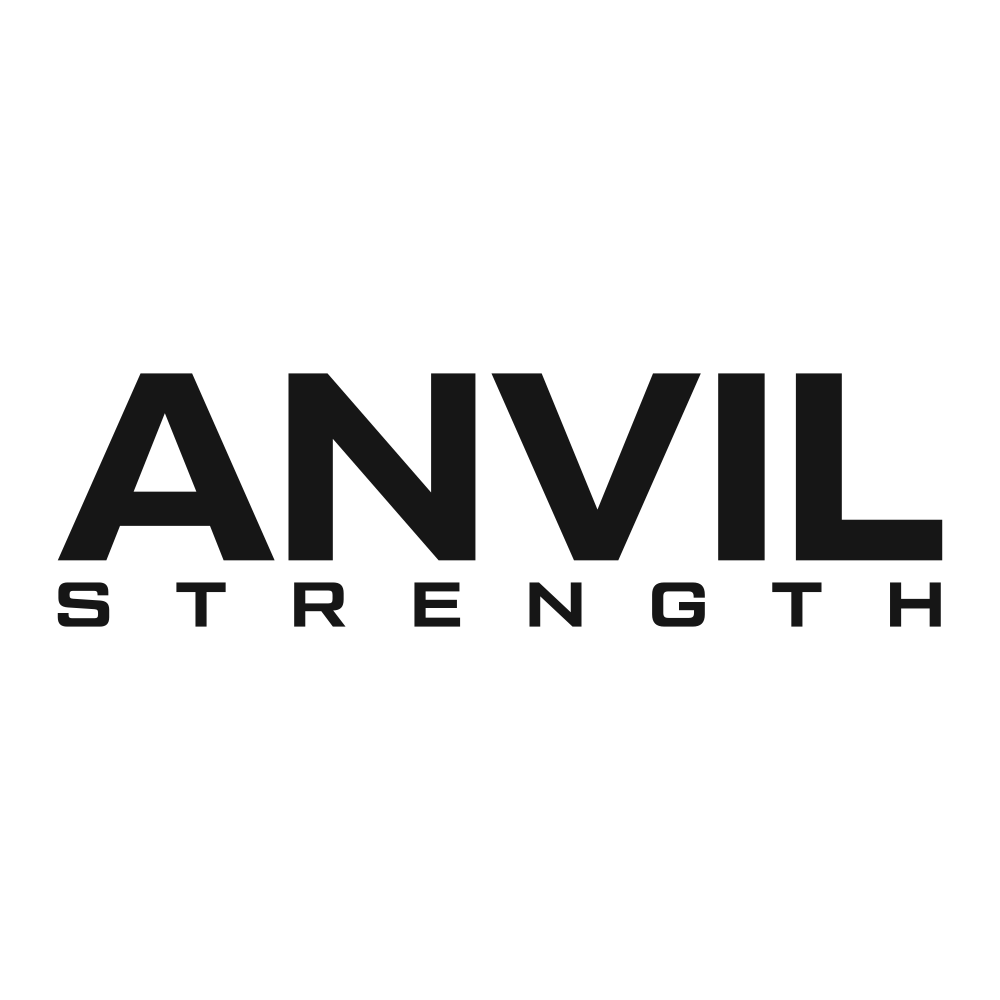





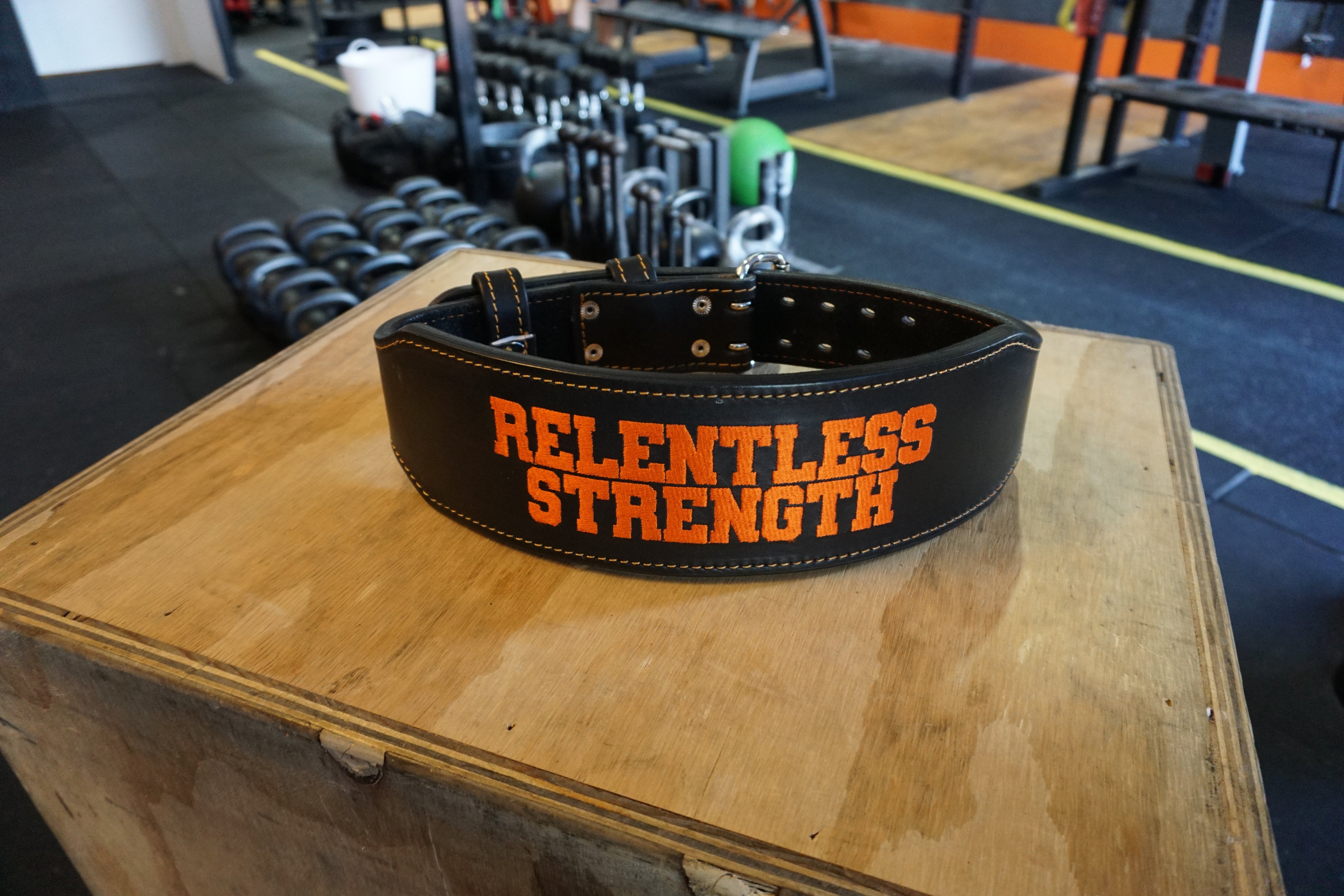
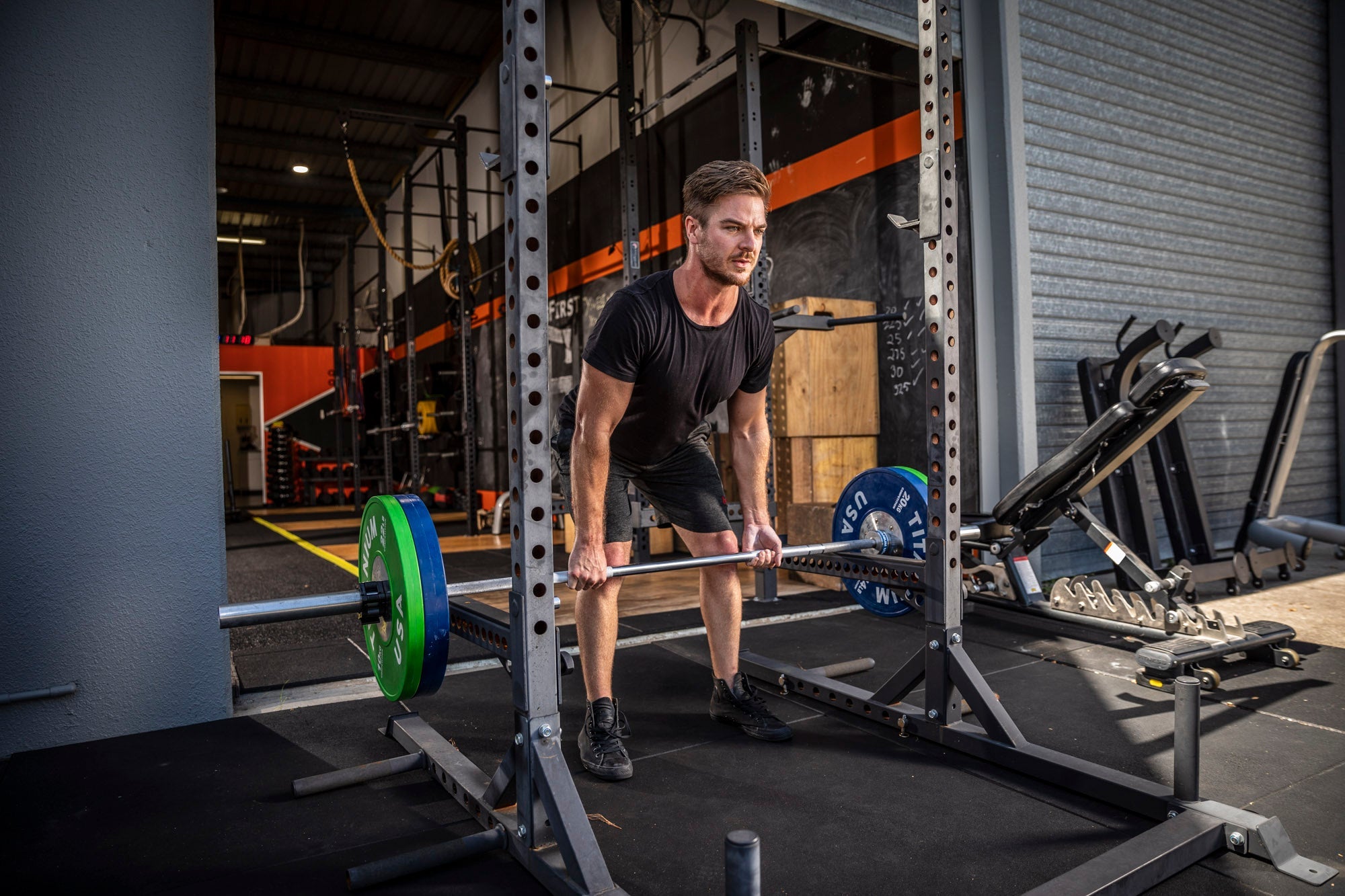
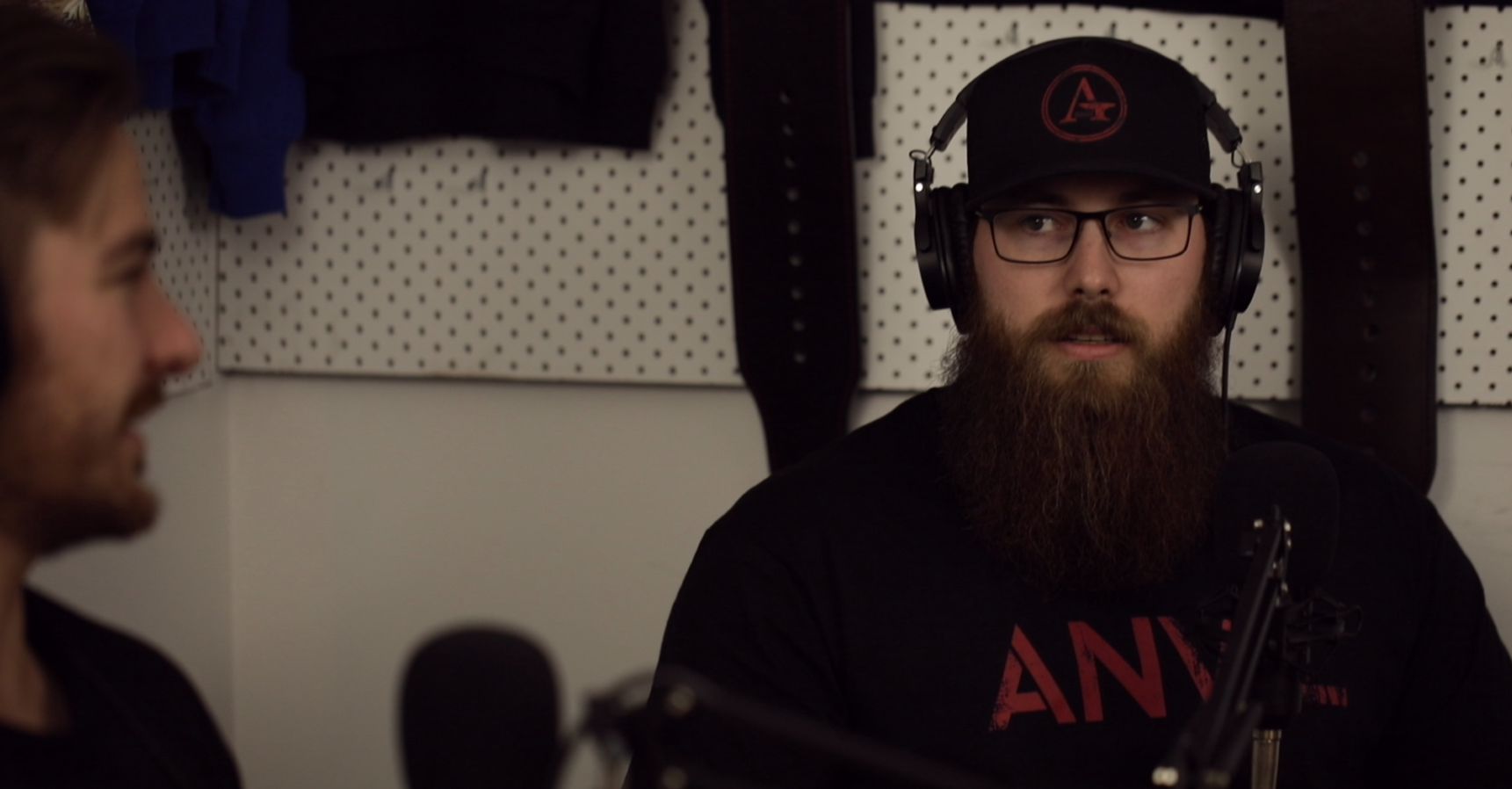
Leave a comment